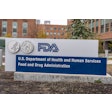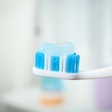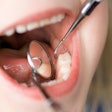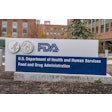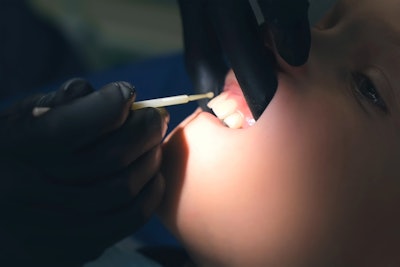
Now that people in the U.S. use toothpaste and mouthwashes that contain cavity-fighting fluoride, drinking fluoridated water may not be so important, according to a review published October 4 in Cochrane Database of Systematic Reviews.
However, starting or stopping community water fluoridation requires further consideration, the authors wrote.
“The benefits of fluoride in water supplies may be smaller than they were before the widespread addition of fluoride to toothpaste,” wrote the authors, led by Anne-Marie Glenny, of the University of Manchester in the U.K.
This review came out about two weeks after a U.S. judge in California issued a milestone decision determining that adding fluoride to public drinking water to help prevent tooth decay is risky to individuals, including children who may face lowered IQs, and therefore requires government intervention.
Additionally, the judge ordered the U.S. Environmental Protection Agency (EPA) to take regulatory action to address these risks. Simply, the EPA must determine the potential harm of fluoride in drinking water and determine how to respond under its amended Toxic Substances Control Act (TSCA).
Despite this ruling, the ADA and the American Academy of Pediatrics continue to support water fluoridation as a caries prevention strategy.
To further explore the benefits of fluoridation, 157 studies that compared tooth decay in children living with fluoridated public water supplies and those without were analyzed.
In studies conducted in the mid-1970s before fluoride toothpaste was readily available and that included about 5,700 children, it was found that adding fluoride to community water systems decreased the number of decayed teeth by an average of 2.1 teeth per child, the authors wrote.
But analysis of studies done after 1975 and that included about 3,000 children estimated the benefit of water fluoridation was significantly lower. It was found that the number of decayed baby teeth per child was 0.24. In addition, it could not be concluded from these later studies that adding fluoride to water reduced tooth decay in kids’ permanent teeth, they wrote.
Regardless of these results, they should not be interpreted as a reason to cease adding fluoridated to community water supplies. Whether water fluoridation should be started or stopped should be carefully considered in the broader context of a community’s oral health, diets, and the availability of other tooth decay-prevention strategies, the authors wrote.
“Acceptability, cost-effectiveness and feasibility of the implementation and monitoring of a CWF programme should also be taken into account,” Glenny and colleagues wrote.










